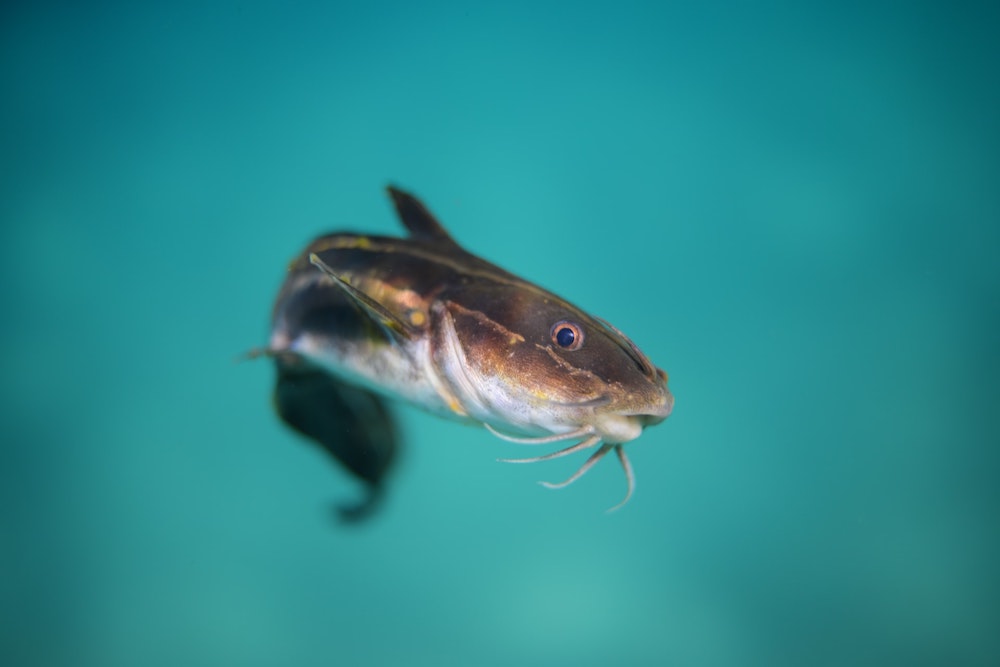Starting a catfish farming business is a promising business solution with relatively small capital, fast cash flow, and high market demand. This article will discuss details ranging from the latest business capital in 2025, profit and risk simulations, and successful tips to ensure your catfish farming business survives and thrives.
Advantages and Challenges of Catfish Farming
Advantages:
- Relatively Small Initial Capital: Starting catfish farming requires only Rp2,000,000-Rp4,000,000, depending on the scale (e.g., 1,000-3,000 fingerlings). This capital includes ponds, fingerlings, feed, vitamins, and operational costs.
- Short Harvest Cycle and Fast Return on Investment: Catfish are ready for harvest in 3-4 months, resulting in a very fast capital turnover. Harvested catfish typically contain 8-11 fish per kilogram, weighing 200-300g each.
- Wide and Stable Market Opportunity: High demand from food stalls, restaurants, traditional markets, frozen food outlets, and online stores.
- Flexible and Easy Maintenance: Catfish are resilient and can be cultivated in tarpaulin ponds, cement ponds, soil ponds, and even large buckets. They can be cultivated in confined urban areas.
- Easy Availability of Seedlings and Feed: Catfish fingerlings measuring 5-7 cm are priced at IDR 350-470 per fish. The primary feed is pellets, with the addition of alternative feeds (bran, snails, kitchen scraps, azolla, etc.).
Disadvantages & Risks:
- Mass Mortality Risk: Extreme weather fluctuations, poor water quality, and even disease can cause sudden catfish deaths. Mitigation and daily monitoring of water quality are essential.
- Cannibalism: Adult catfish will prey on smaller catfish if not separated.
- High Competition: This business is quite popular and requires marketing innovation and seed quality.
- Fluctuating Market Prices: Although stable and tending to rise, catfish prices can plummet during peak harvests or abundant supplies.
- Pests & Diseases: Ponds must be cleaned regularly; be wary of pest attacks (predatory fish, birds, snakes) and catfish pond diseases.
Capital Detail Simulation and Profit and Loss Calculation
Detailed example of capital for cultivating 1,000 catfish (beginner, 2025):
| Component | Cost (Rp) |
| Making a Tarpaulin/Concrete Pool | 1,000,000 |
| 1,000 catfish seeds (@400) | 400,000 |
| 50 kg Pellet Feed (@12,000) | 600,000 |
| Vitamins & Medicines | 100,000 |
| Equipment & Electricity/Water | 100,000 |
| Total Initial Capital | 2,200,000 |
Profit Simulation per Cycle (1,000 fish, harvest every 3 months):
- Survival rate assumption: 80% (800 catfish harvested)
- Harvest weight per fish: Average 250g → 800 x 0.25kg = 200kg
- Average catfish market price in 2025: IDR 22,000/kg
- Gross Turnover: 200kg x IDR 22,000 = IDR 4,400,000
- Net Profit: IDR 4,400,000 (turnover) - IDR 2,200,000 (capital) = IDR 2,200,000/cycle
- If the scale is 3,000 fish, the potential turnover is up to IDR 13,200,000/cycle in 3 months.
Monthly Operational Costs & Efficiency Details
- Feed Costs: The largest component, up to 60% of total capital. For efficiency, utilize alternative feed and fermented organic waste.
- Water/Electricity Costs: Average Rp 50,000-Rp 100,000 per month, depending on equipment.
- Labor Salaries (if any): For home-based businesses, this is often done by yourself. Larger scale farms can allocate wages/bonuses per kilogram of fish harvested.
- Vitamins/Medication/Probiotics: To ensure healthy and fast-growing catfish, allocate a regular Rp 20,000-Rp 50,000 per month.
Easy Ways to Start a Catfish Farming Business
1. Determine the Scale & Choose the Pond Media
- Tarpaulin ponds (cheapest), concrete, soil, or biofloc (water and feed efficient).
- Minimum pond capacity: 1,000-3,000 catfish, ideal water depth: 60-80 cm.
2. Prepare the Pond & Water
- Ensure water quality: pH 6.5-8, temperature 20-28°C.
- Biofloc option: add probiotics, molasses, and coarse salt to stimulate beneficial bacteria.
3. Select Superior Catfish Seedlings
- 2 weeks old, 7-9 cm long, agile and healthy, with bright colors.
- Avoid defective or slow-growing seedlings.
4. Spread the Seedlings Correctly
- Acclimate the fish to the temperature before spreading.
- Stretch in the morning/evening, with an optimal density of 150-200 fish/m2.
5. Set a Feeding Schedule
- 2-3 times daily (morning, afternoon, evening/night), but avoid overfeeding (as this can pollute the pond).
- Mix the feed with bran, snails, azolla, etc. to reduce costs.
6. Pond Monitoring and Maintenance
- Change 30-50% of the water weekly or when it smells.
- Maintain oxygen circulation with an aerator/blower, especially biofloc.
- Prevent disease with vitamins and medication.
7. Separate Catfish by Size
- Avoid cannibalism; move large and small catfish to separate ponds.
8. Harvesting & Marketing Process
- Harvest when the catfish reach consumer size (8-11 fish/kg). Fast them for 24 hours before harvest.
- Market to stalls, supermarkets, or through marketplaces and social media.
Catfish Farming Business Tips
- Don't just buy fingerlings from a trusted hatchery.
- Constantly educate yourself and update your cultivation knowledge by attending training/online courses.
- Diversify your feed and marketing strategies by entering other markets, such as catfish floss, catfish nuggets, or directly to major restaurants.
- Maintain accurate bookkeeping and calculate the break-even point (BEP) for each cycle.
- Incorporate a biofloc or organic system for the premium market.
FAQs About Catfish Farming
- How much capital is needed to raise 1,000-5,000 catfish? Rp2,200,000-Rp6,000,000, depending on the pond, seeds, and feed.
- How do you calculate catfish yield? Calculate the harvest quantity x the selling price, subtracting all cycle costs.
- What are the advantages of biofloc for catfish farming? More water efficient, faster harvest, and efficient feed management.
- How do you avoid crop failure? Maintain water quality, select superior seeds, and manage feed and ponds regularly.
That's an understanding of the catfish farming business, from preparing the necessary capital to the harvest period. If you need capital to start this catfish farming business, you can always apply through BFI Finance, BFI Friends. With collateral of motorcycle, car, and house certificates, your business loan application will be processed quickly and, of course, with a low interest rate. Starting a business is certainly not easy. Besides in-depth research and a superior business model, it also requires commitment and consistency.
There's Always a Way with BFI Finance.






